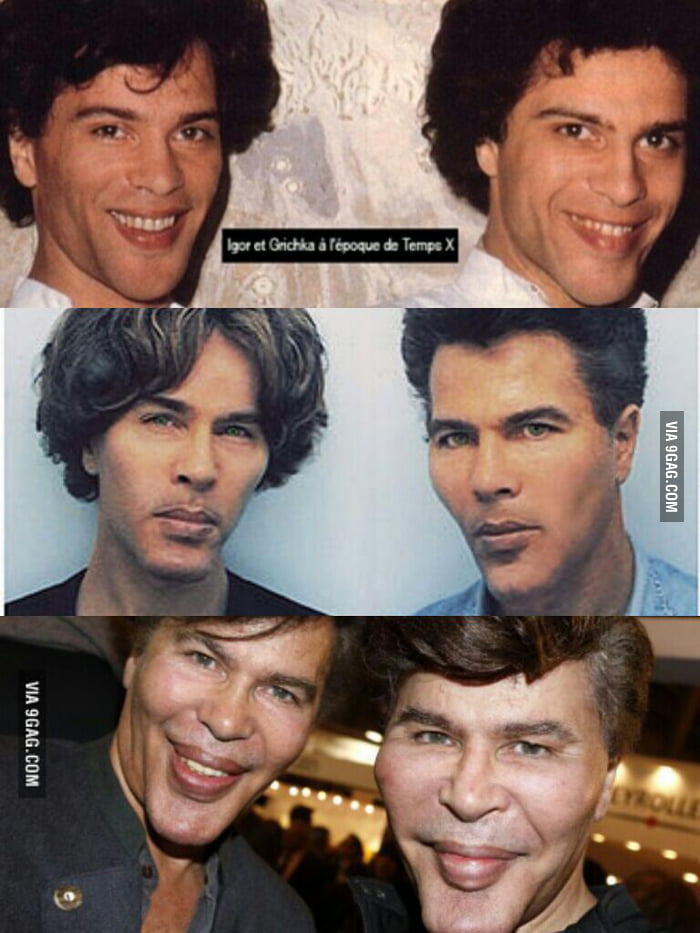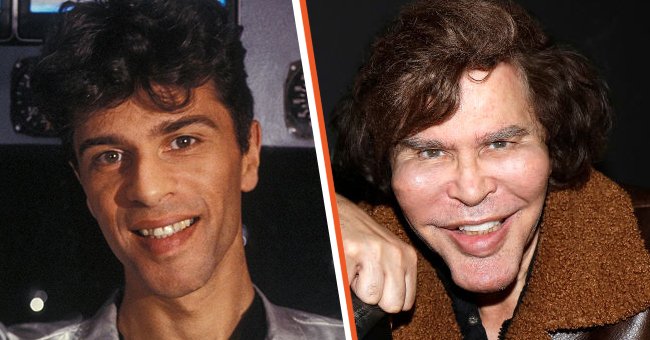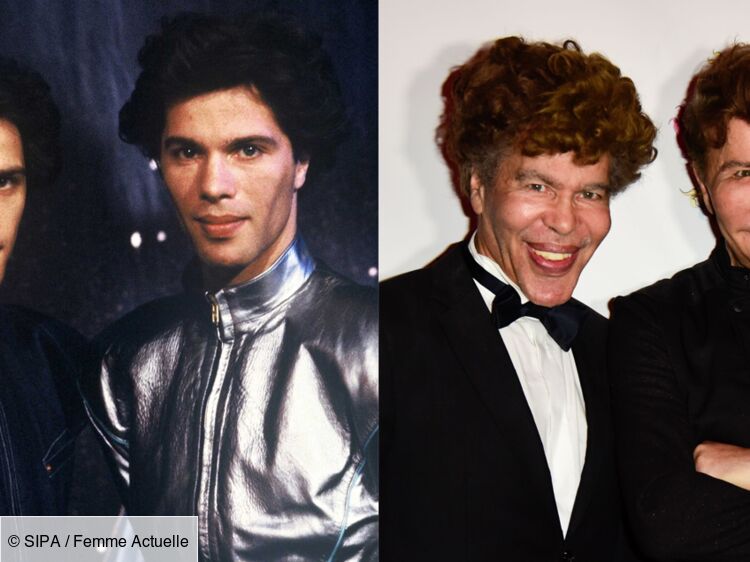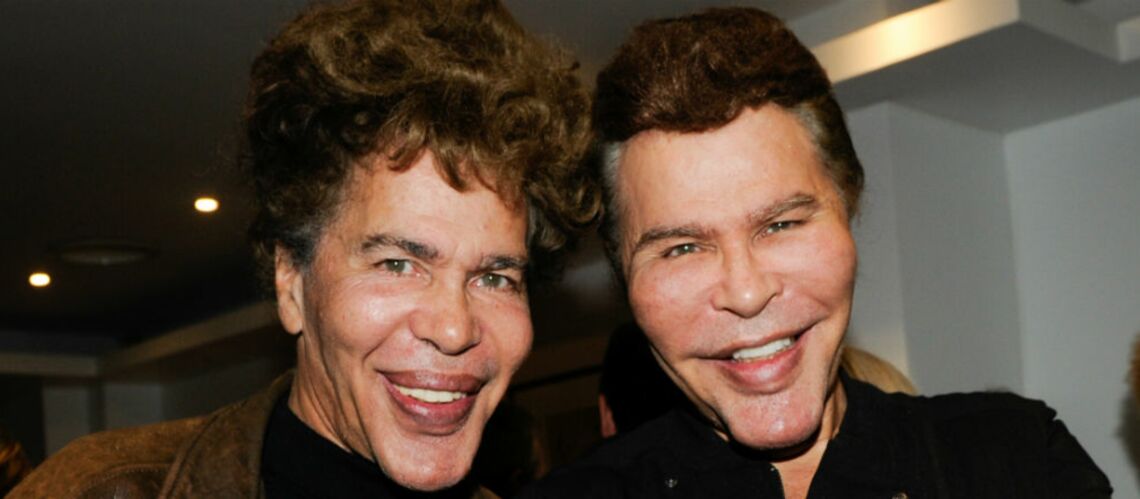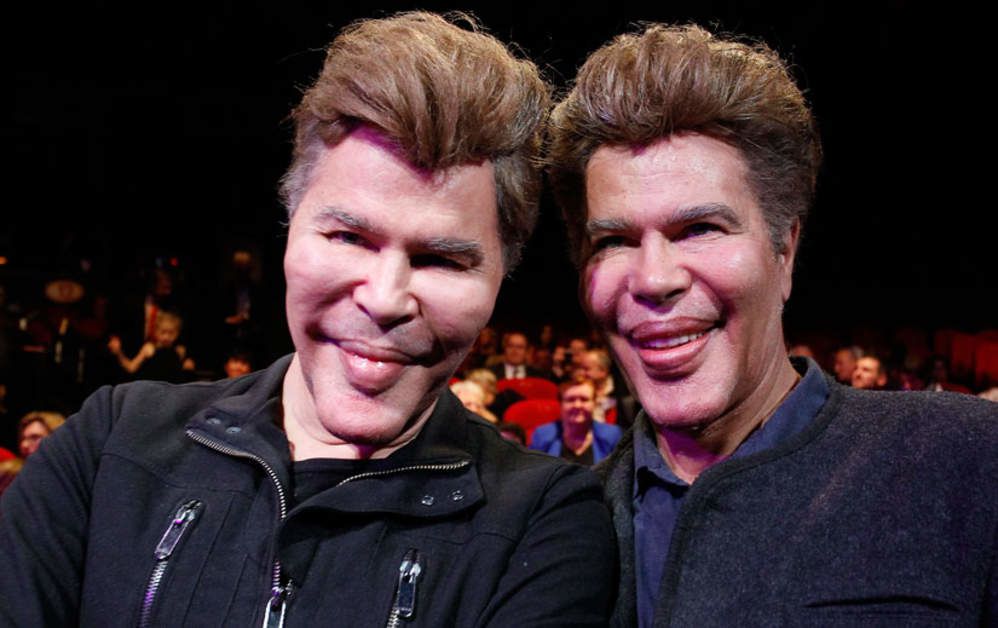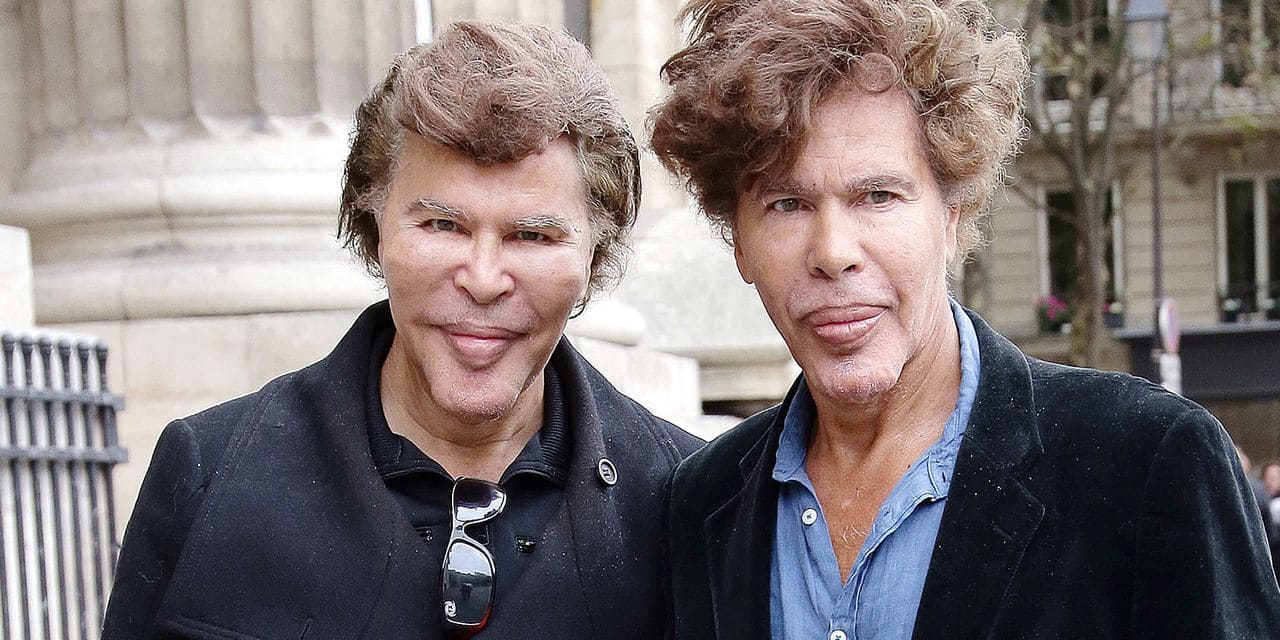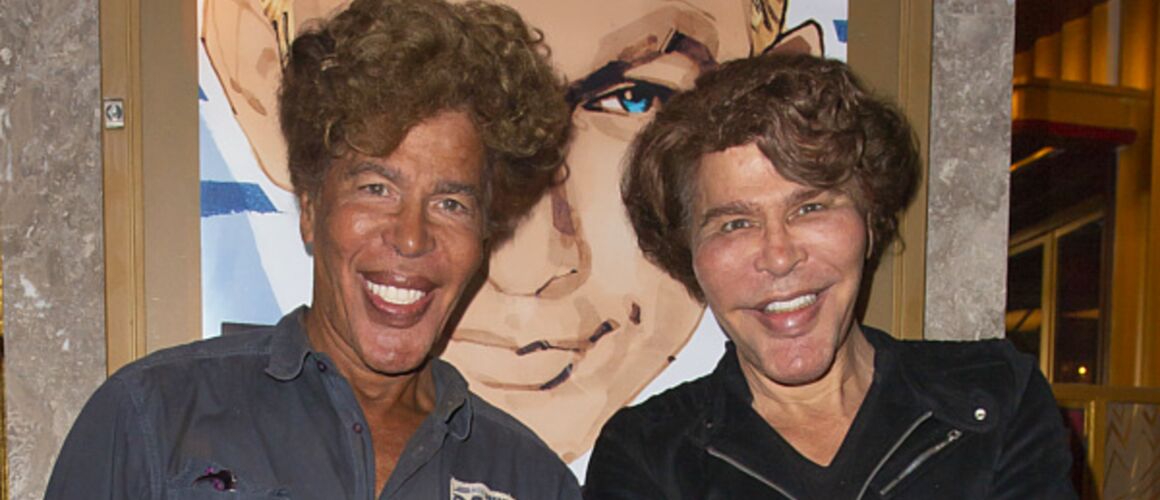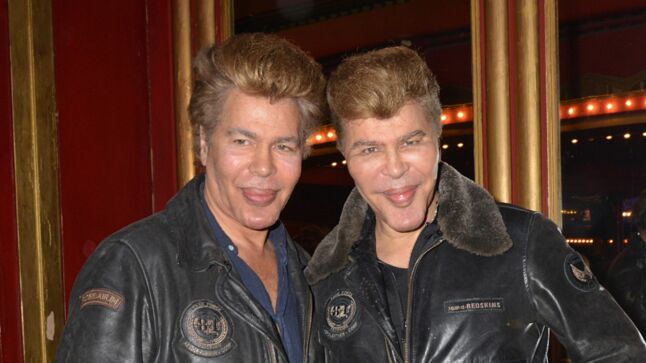Les Frères Bogdanov Avant La Chirurgie Esthétique

The Bogdanov brothers, Igor and Grichka, were once synonymous with scientific intrigue and avant-garde television in France. However, their later years became dominated by public fascination, and often derision, concerning their dramatic physical transformations. But before the pronounced cheekbones, chins, and lips defined their later image, the twins were respected figures in academic circles, their early appearances marked by a more conventional, albeit still striking, resemblance.
This article delves into the brothers’ appearances avant la chirurgie esthétique, examining their backgrounds, initial foray into the public eye, and the shifting perceptions of their faces before their transformations became the subject of widespread speculation and scrutiny. We aim to explore the brothers' initial intellectual pursuits and academic foundations, providing insight into the men they were before their physical appearance became their most defining characteristic.
Early Life and Academic Pursuits
Born in 1949 in Saint-Lary, Gascony, France, Igor and Grichka Bogdanov displayed an early aptitude for mathematics and physics.
They both obtained doctorates, though the validity of their theses and the rigor of the peer review process have been subjects of persistent debate and controversy within the scientific community.
Regardless, their initial reputation was as intellectuals, not simply as television personalities.
Temps X and Early Television Appearances
The Bogdanov brothers gained national prominence in the late 1970s and early 1980s with their science fiction television program, Temps X.
This show presented futuristic concepts and scientific theories in an accessible and visually engaging format.
In these early appearances, their faces were youthful and relatively unremarkable, lacking the exaggerated features that would later define them.
While they possessed a certain charisma and unconventional style, their appearance was not yet a subject of intense public commentary.
Physical Appearance: The Pre-Transformation Years
Photographs and video recordings from the Temps X era reveal a marked difference in the Bogdanovs' appearance compared to their later years.
Their faces were thinner, with more natural contours and proportions.
The brothers' smiles appeared authentic, and their facial features more closely aligned with conventional standards of attractiveness.
"There's no mystery. We are experimental beings. We do things that have to be done," Grichka Bogdanov stated in an interview, often alluding to the unusual.
Speculation and Controversy
Over time, the brothers' faces began to undergo noticeable changes, sparking widespread speculation about cosmetic procedures.
They consistently denied undergoing plastic surgery, attributing the transformations to "experimental protocols" and advanced technologies, a claim that was met with skepticism from the medical community and the public.
This ambiguity and evasion further fueled the fascination with their physical appearance.
While the exact nature of their transformations remains unconfirmed, the visual evidence suggests significant alterations to their facial structure.
This transformation overshadowed much of their earlier accomplishments, shifting the focus from their intellectual pursuits to their increasingly unusual appearance.
Legacy and Enduring Fascination
Igor and Grichka Bogdanov's legacy is complex and multifaceted.
They were celebrated for popularizing science and sparking curiosity in younger generations, but also criticized for their controversial scientific claims and perceived lack of intellectual rigor.
The enigma surrounding their physical transformations undoubtedly contributed to their enduring fascination in the public consciousness.
Their story serves as a cautionary tale about the pressures of fame, the allure of artificial enhancement, and the potential for physical appearance to overshadow intellectual achievements.
Ultimately, the Bogdanov brothers’ journey from respected intellectuals to figures of public fascination highlights the complex interplay between science, celebrity, and the human desire for transformation.



